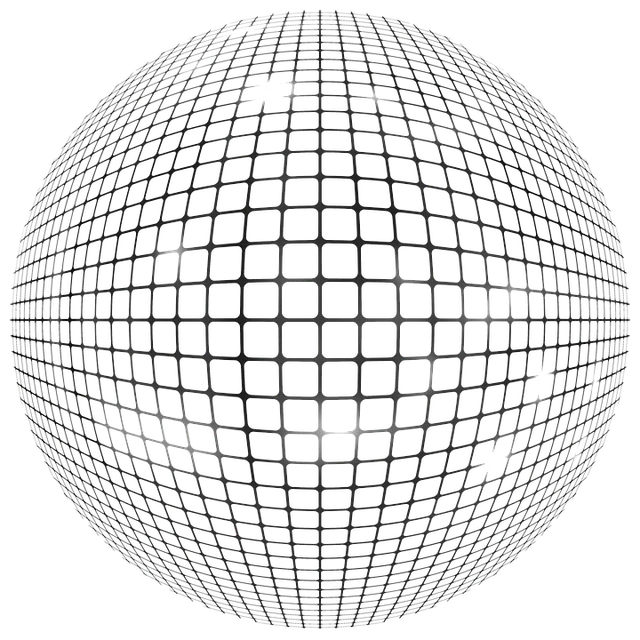Kratom coaching integrates a holistic approach to athletic recovery, combining physiological and psychological interventions with the use of kratom from the Mitragyna speciosa tree. It aims to address post-exercise issues like pain and inflammation by using specific kratom strains to aid relaxation and reduce muscle soreness, thereby expediting recovery and minimizing injury risk. This approach also extends to skin health, with kratom's anti-inflammatory properties being particularly beneficial for managing conditions such as kratom skin hyperpigmentation, which is relevant for athletes due to the high levels of sweat and friction during training. Additionally, kratom contains alkaloids with antioxidant effects that protect against oxidative stress and environmental factors. It's crucial for athletes to consult with professional kratom coaches for personalized advice on its use, considering the potential benefits and risks, including its impact on skin health and hyperpigmentation. Athletes should approach the integration of kratom into their training regimens with caution and under medical guidance due to its potency and regulatory status, ensuring they understand both the advantages for muscle recovery and the necessity of monitoring any dermatological effects.
Exploring the intersection of athletic training and skincare, this article delves into the transformative role of kratom coaching in optimizing recovery and addressing skin health concerns such as hyperpigmentation. With a focus on the therapeutic properties of kratom, we unravel its dual benefits for enhancing athletic performance and improving complexion. Through a holistic lens, we examine how a structured kratom coaching program can be tailored to meet the unique needs of athletes, ensuring both physical recovery and skin vitality. Join us as we explore the science behind kratom’s effects on muscle soreness, fatigue, and hyperpigmentation, providing a comprehensive guide for integrating this natural supplement into an athletic regimen effectively and safely.
- Mastering Athletic Recovery and Skin Health with Kratom Coaching: A Holistic Approach
- – Assessing the role of kratom in post-exercise recovery and its impact on muscle soreness and fatigue.
Mastering Athletic Recovery and Skin Health with Kratom Coaching: A Holistic Approach

Mastering athletic recovery encompasses a multifaceted approach that addresses both physiological and psychological aspects of post-exercise well-being. Kratom coaching, a holistic practice rooted in the use of kratom, offers a natural avenue for enhancing this process. Kratom, derived from the leaves of the Mitragyna speciosa tree, is known for its potential benefits in managing pain and inflammation, which are common post-exercise concerns among athletes. By leveraging specific kratom strains that promote relaxation and reduce muscle soreness, athletes can accelerate their recovery timeline while minimizing the risk of injury due to fatigued muscles.
Beyond its role in athletic recovery, kratom coaching also addresses skin health, a critical component of overall well-being for athletes who often experience hyperpigmentation as a result of sweat and friction during intense training. The anti-inflammatory properties of kratom may help mitigate the inflammation that contributes to conditions like kratom skin hyperpigmentation. Additionally, some kratom alkaloids exhibit antioxidant effects, which can protect the skin from oxidative stress and environmental damage. Coaches trained in this method provide personalized guidance on integrating kratom into skincare routines, ensuring athletes utilize it to complement their training regimens and achieve clearer, healthier skin alongside optimal athletic performance and recovery.

Athletes are continually seeking ways to enhance their performance and optimize their recovery processes. One natural supplement that has gained attention in athletic circles is kratom, particularly for its potential benefits in post-exercise recovery. Kratom, derived from the leaves of the Mitragyna speciosa tree, has been traditionally used in Southeast Asia for pain management and energy boosts. However, it’s crucial to approach its use with careful consideration due to its regulatory status and potential side effects. When integrated into a recovery regimen, kratom may offer relief from muscle soreness and fatigue, thus facilitating quicker recuperation between training sessions or competitions.
Moreover, the impact of kratom on athletic recovery extends beyond musculoskeletal healing. Some research suggests that kratom may influence skin health, which is a critical aspect for athletes, especially those involved in sports where sun exposure is significant. While its effects on hyperpigmentation, such as melasma or age spots, are not well-documented, the anti-inflammatory properties of certain kratom strains could theoretically aid in improving skin conditions. Coaches and athletes interested in incorporating kratom into their recovery strategies should consult with healthcare professionals to navigate its use responsibly, considering individual health profiles, the specific type of kratom, and appropriate dosages to maximize benefits while minimizing risks.
– Assessing the role of kratom in post-exercise recovery and its impact on muscle soreness and fatigue.

Kratom, derived from the leaves of Mitragyna speciosa, has garnered attention within athletic communities for its potential role in post-exercise recovery. Its impact on muscle soreness and fatigue is an area of growing interest among athletes seeking to enhance their recuperative processes. Preliminary studies suggest that kratom may influence pain perception and fatigue, offering a natural alternative to synthetic analgesics and stimulants. The alkaloids present in kratom leaves, such as mitragynine and 7-hydroxymitragynine, are believed to interact with opioid receptors in the brain, potentially reducing pain signals and promoting a sense of well-being. This effect can be particularly beneficial for athletes experiencing muscle soreness following intense training sessions or competitions. Additionally, the anti-inflammatory properties attributed to kratom may aid in reducing the inflammation associated with physical exertion. However, it is crucial for athletes to approach the use of kratom with caution and under professional guidance due to its potency and potential side effects. Furthermore, while discussing the benefits of kratom in athletic recovery, it’s important to address its implications on skin health, including hyperpigmentation. Some individuals may experience changes in pigmentation as a side effect of kratom use, which can affect the skin and may need to be managed with appropriate skincare regimens or dietary adjustments. As such, incorporating kratom into an athletic recovery protocol should be done thoughtfully, considering both the potential benefits for muscle recovery and the necessity for monitoring any dermatological changes. Athletes and coaches interested in exploring kratom as a tool for recovery should do so with a comprehensive understanding of its effects and under the supervision of a healthcare professional.
In conclusion, kratom coaching has emerged as a multifaceted approach for athletes seeking to enhance their recovery process, addressing not only muscle soreness and fatigue post-exercise but also offering potential benefits for skin health, including the management of hyperpigmentation. By integrating kratom into a holistic recovery regimen, athletes can optimize their performance and overall well-being, ensuring they are prepared to face their next challenge with resilience and vitality. As this holistic approach continues to be explored, it is clear that kratom coaching holds significant promise for those in the athletic realm, making it a topic of growing interest among coaches, trainers, and athletes alike.






